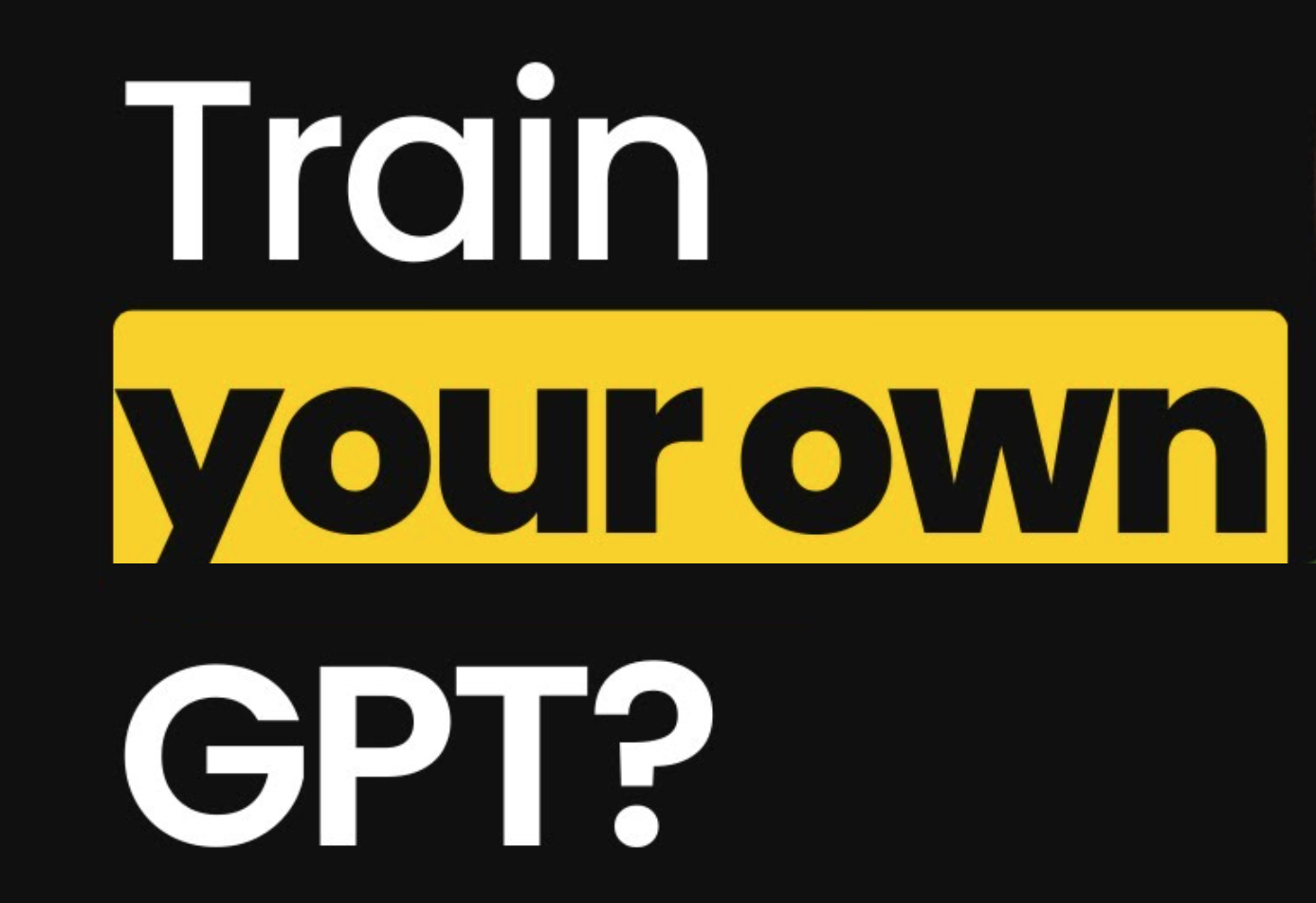Training a GPT model for your needs is easier than you think. You can customize it for medical, legal, or any domain. Let’s dive in the topic How to Train Your Own GPT Model.
Two main methods exist: fine-tuning and creating a knowledge base. Fine-tuning involves retraining with your data. A knowledge base creates an embedding database without retraining the model. Each serves different needs.
Fine-tuning: Tailoring GPT’s Behavior
Fine-tuning is perfect for specific behaviors. For example, making GPT talk like a famous personality. It requires feeding relevant data into the model. However, it struggles with accuracy for domain-specific data.
Common use cases
Fine-tuning can enhance outcomes in several scenarios, including:
- Adjusting qualitative attributes like style, tone, or format
- Boosting the model’s accuracy for specific outputs
- Addressing failures in understanding complex instructions
- Managing unique cases in particular ways
- Learning new abilities or tasks difficult to describe succinctly
- A useful perspective for these situations is the principle of “showing rather than telling.” In the upcoming sections, we’ll discuss setting up your data for fine-tuning and various instances where fine-tuning surpasses the original model’s capabilities.
Fine-tuning also proves beneficial in reducing costs and/or response times. This is achievable by optimizing GPT-5 or employing shorter instructions without compromising on output quality. Achieving satisfactory outcomes with GPT-5 often allows for similar excellence with a fine-tuned gpt-3.5-turbo model, especially when the fine-tuning process utilizes GPT-5’s outputs, potentially with more concise prompts.
Knowledge Base: Ensuring Data Accuracy
When you need accurate, domain-specific responses, opt for a knowledge base. This method feeds real data into GPT, making it reliable for queries like stock movements.
Cost-Effective Training
Fine-tuning cuts costs. It’s more efficient than loading large prompts to guide the model’s responses. It’s valuable for behavior-specific needs without the heavy data load.
Step-by-Step Fine-tuning Case Study
- Choose Your Model: Platforms like Hugging Face list available GPT models. Select one that fits your requirements.
- Prepare Your Data: Quality datasets are crucial. They can be public or private. Small datasets can also work.
- Generate Training Data with GPT: Use GPT to create training data from high-quality prompts.
- Fine-tune Using Platforms: Google Colab is a popular choice for fine-tuning. Select your model size based on your needs.
- Install Necessary Libraries and Load Your Model: This involves coding and using APIs.
- Prepare and Load Your Dataset: Ensure your data is in the correct format for training.
- Train Your Model: Adjust training arguments and start training.
- Save and Share Your GPT-5 Model: After training, save your model for later use or share it on platforms like Hugging Face.
Try different use cases like customer support or legal analysis. Be creative and explore the capabilities of your fine-tuned GPT-5 Model.
Conclusion
Training your GPT model opens up endless possibilities. Whether for specific behaviors or accurate domain responses, the process is accessible. Fine-tuning and creating knowledge bases are two paths to making GPT work for you. Happy training, and stay tuned for more insights on creating embedded knowledge bases!
Read other articles in our Blog:
